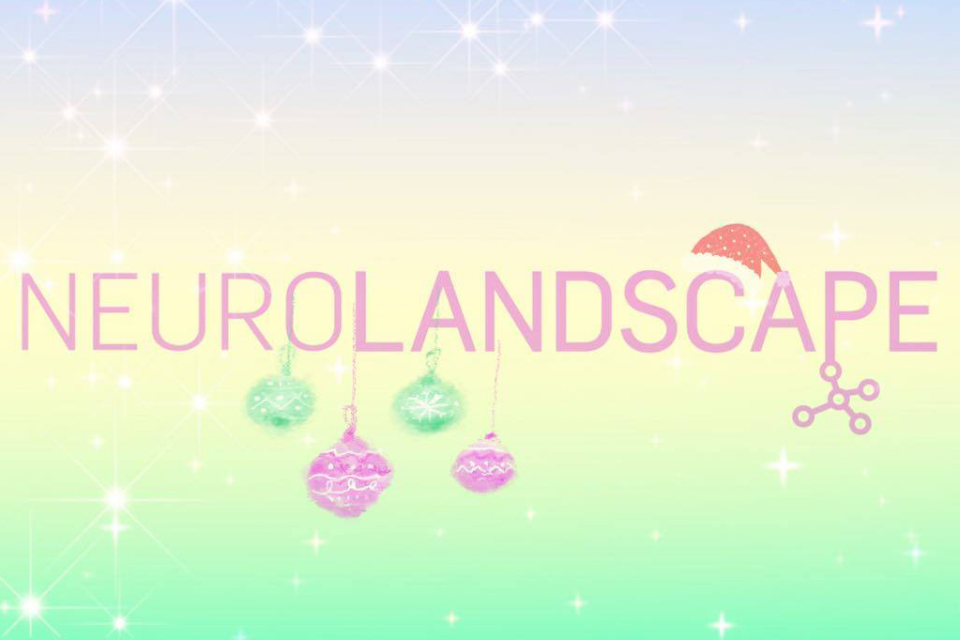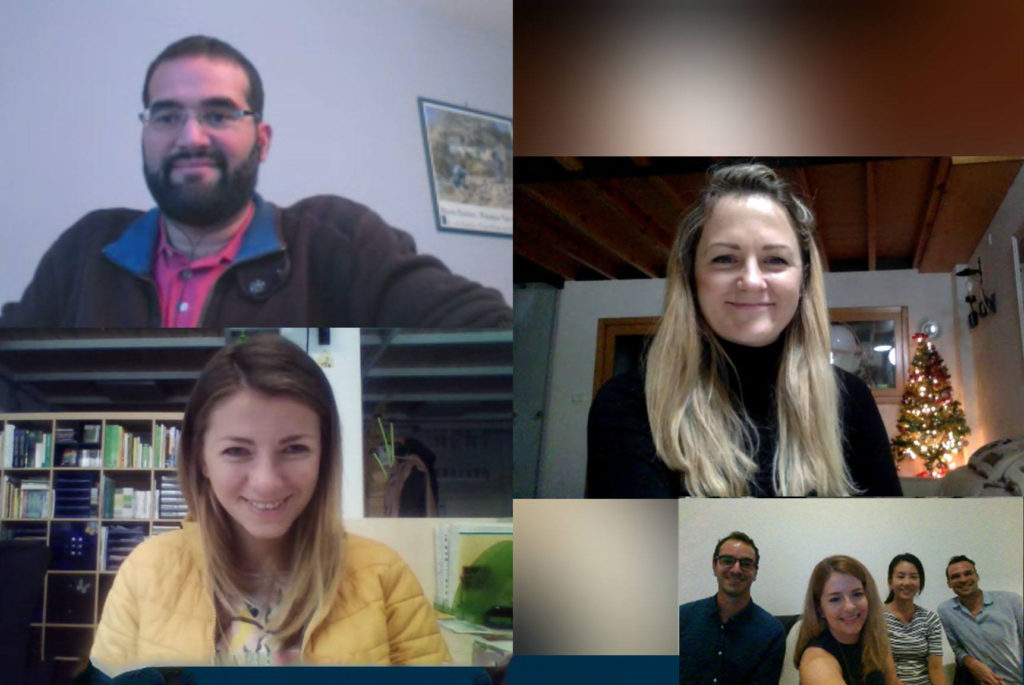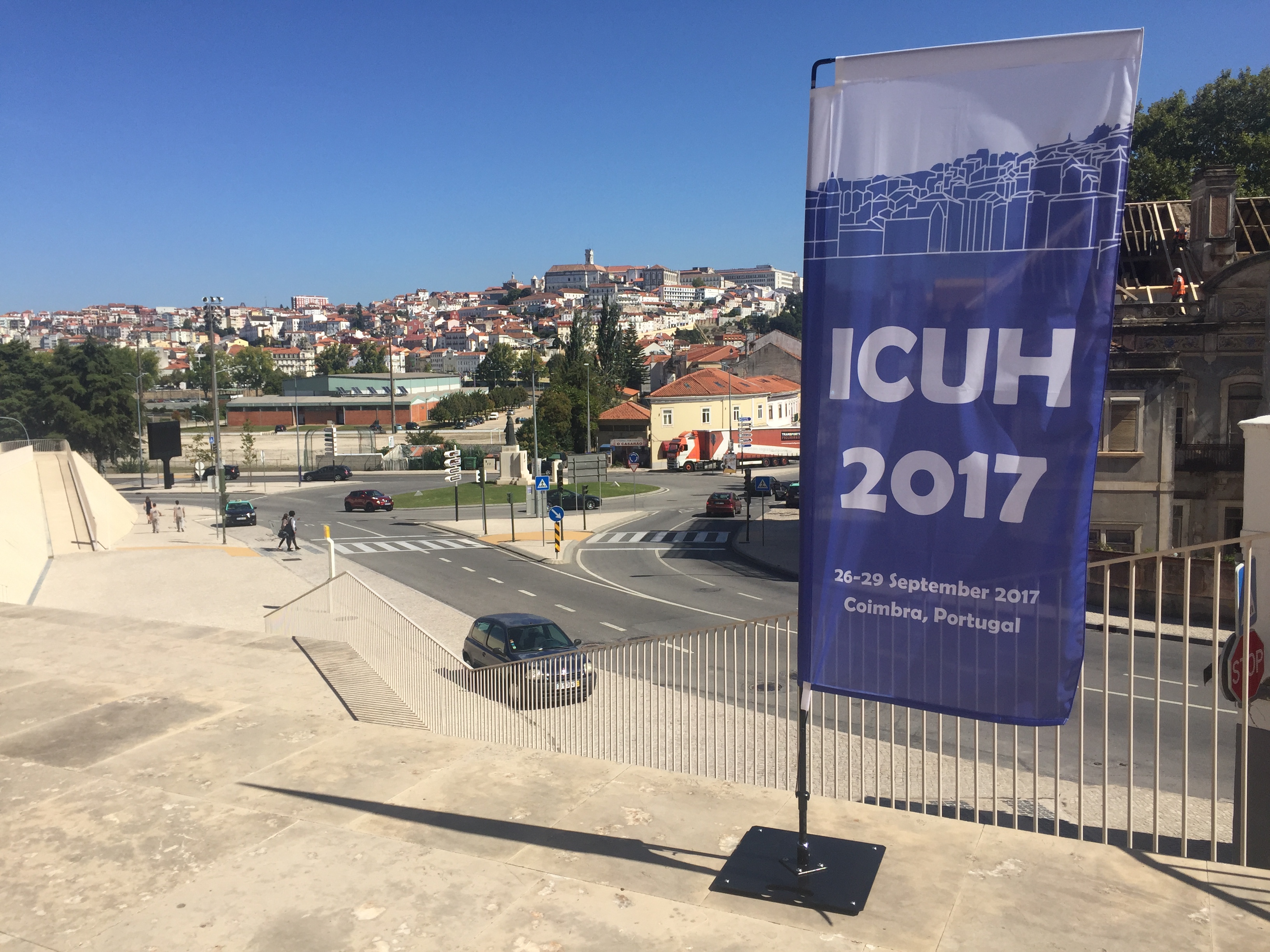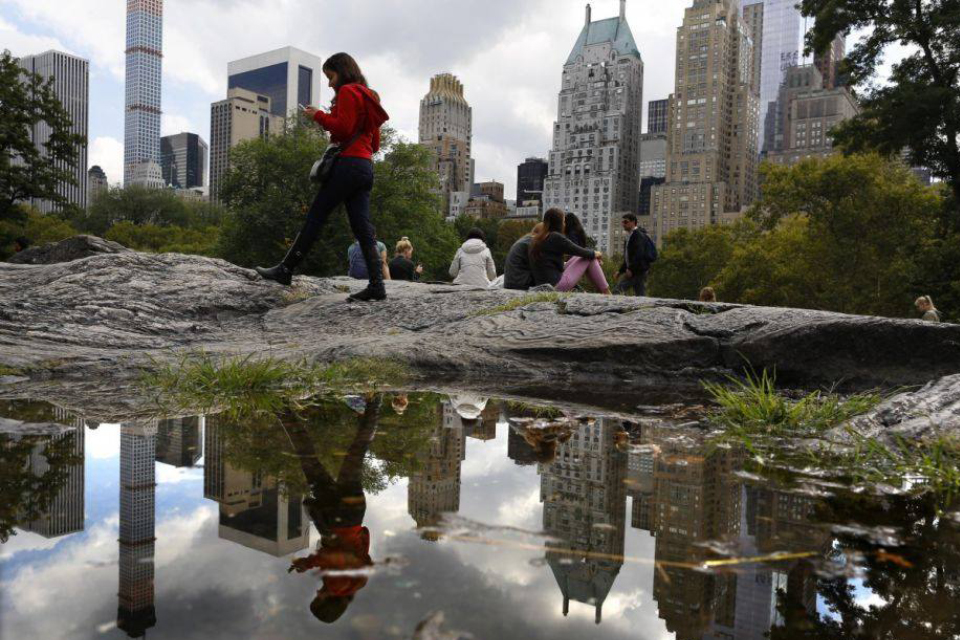For this festive season, wishing you all a Healthy and Happy Holidays!!! May this be the time to mindfully enjoy the laughter and company of our loved ones, the nutritious festive meals and let’s not forget the wonderful benefits of long walks in the winter wonderland. Let’s all make a great start to the New Read More
Year: 2017
LOOKING FOR PARTNERS!
We will be happy to connect with a SME specialising in Virtual Reality, Augmented Reality or Mixed Reality modelling, 3D content rendering, for our new research project! #VR #AR #MixedReality #3D
Layers of Landscape – Contemplative Landscape Features Series
If you have ever wondered why movie characters always seem to be entrenched in deep thought while looking out far into the distance, this post is for you as it explains the science behind this magic of long-distance views.It all comes down to a category of contemplative features of landscapes we call ‘Layers of Landscape’. Read More
On-line board meeting of NeuroLandscape
After the first, international, on-line board meeting of NeuroLandscape we hope to transmit this enthusiasm and excitement onto you all with this picture! As this season of joy is approaching, what a better way to start it than meeting with like-minded, enthusiastic and motivated people from around the world. We are looking forward to the Read More
EYE PROGRAM, Working out the prototype of CLASS
Taking a sprouting idea through a process of producing a final prototype is both exciting and tense. Looking for help seems like a good idea and it turns out the help may be around the corner when we know where to look for it. Our organization took advantage of a less-known, a sort of a Read More
What makes a garden therapeutical?
Is it the fact that medicinal herbs grow there? Or is it full of outdoor elements that improve you health (like a jogging track, or outdoor gym)? There is quite a mess around the concept of “therapeutical garden” so let’s not try to find one concise definition, but instead let us explain how we see Read More
14th International Conference on Urban Health / Coimbra, PT, 26-29 Sep 2017
NeuroLandscape wholeheartedly embraces a multi-disciplinary approach, so it is quite challenging to establish one discipline which we most represent, one type of a scientific journal to publish in, or one area of conferences to participate in. Believe me when it comes to choosing keywords for our studies or key areas of expertise, it is even Read More
Why NeuroLandscape and not Neuro-Landscape?
Besides aesthetical preference, the decision to avoid the hyphenated gap between ‘neuro’ and ‘landscape’ is a subtle nod to the philosophy of our organization. Inclusion of the hyphen could suggest that the activities of the brain and the surrounding landscape need to be forcefully brought together, whereas the mind and its physical environment are in Read More
Visit our blog
Almost three years have passed since this interview about the research behind NeuroLandscape. How exciting to see how far we’ve come since then! Visit our blog to read more about the motivation for our project: http://neurolandscape.org/2014/09/ (AP Photo/Julie Jacobson)
Neuroscience solutions
One of the main goals of NEUROLANDSCAPE is to grow the body of knowledge and awareness about the healing and restorative effect of being immersed in natural environments, and effects of the built elements on our brain. We are continuously running laboratory and on-site experiments that bring us closer to understanding just how the human Read More










